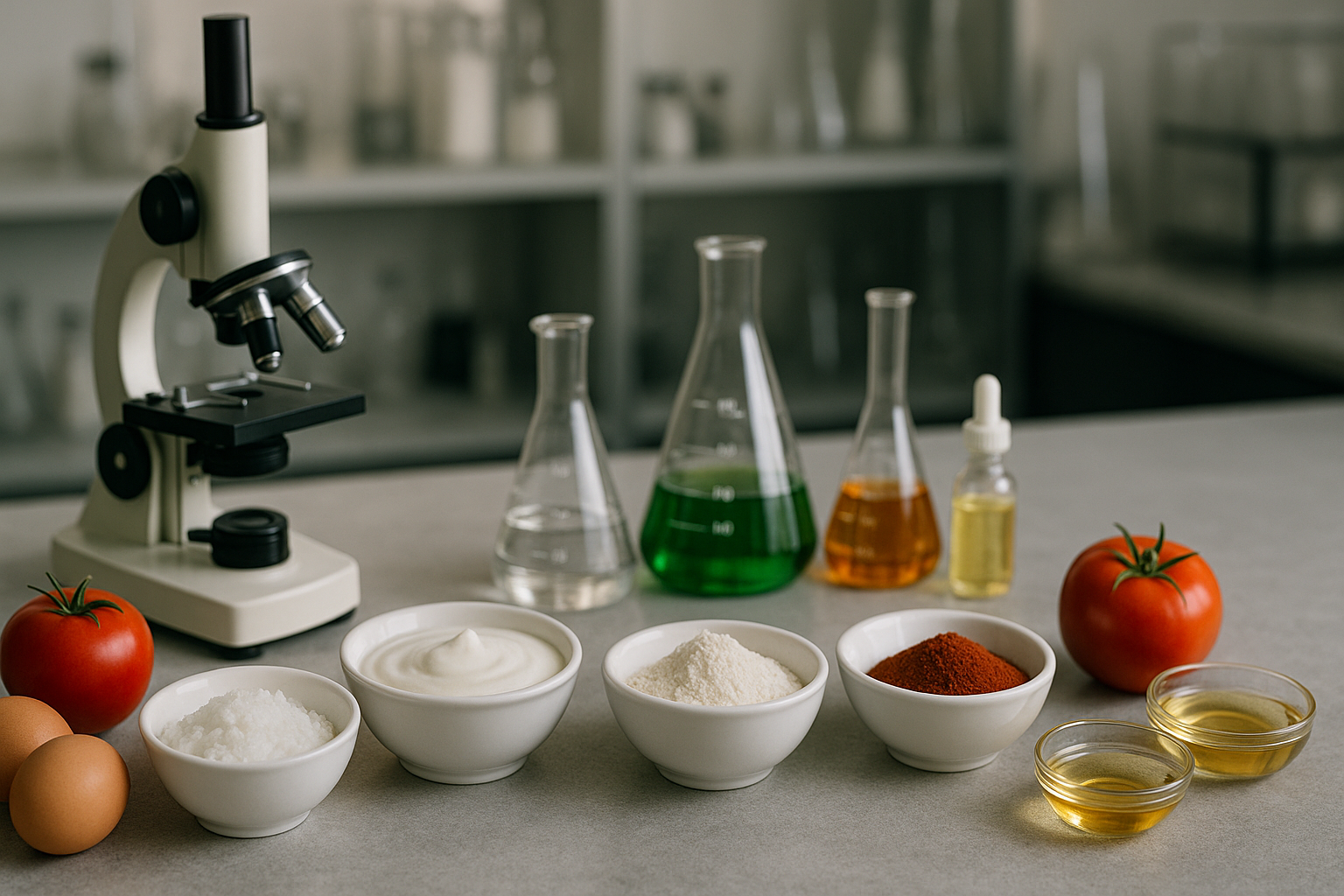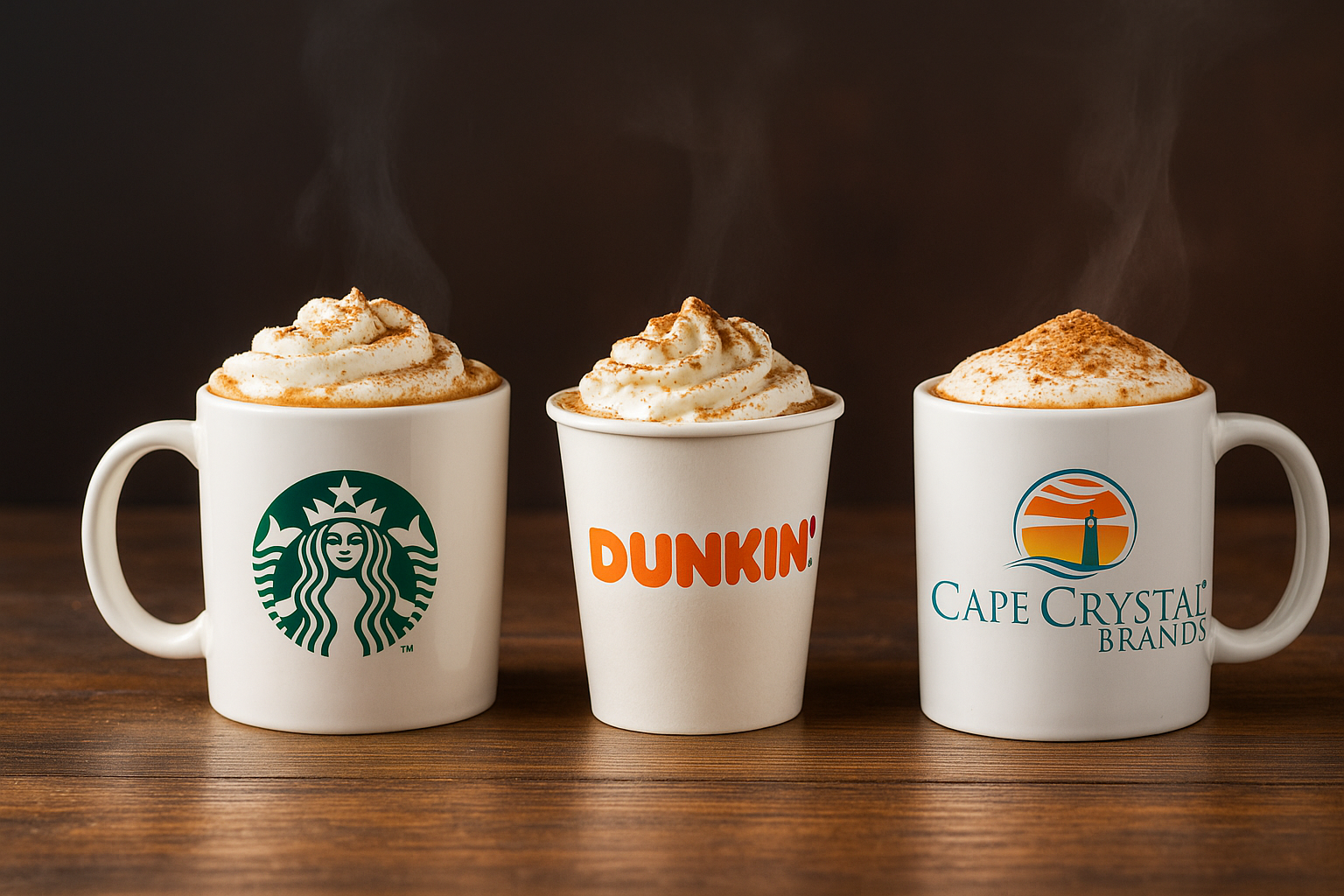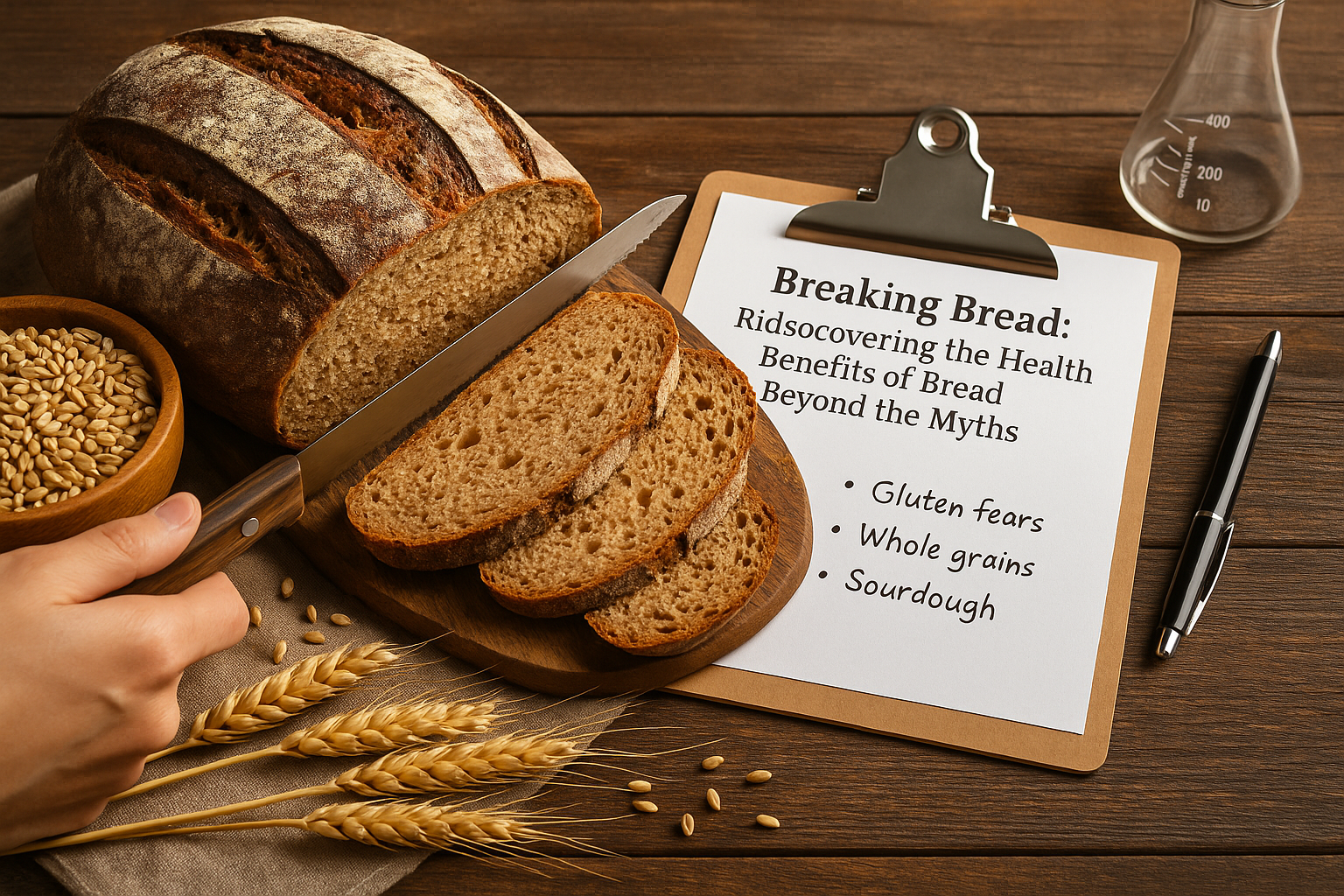
Delicious and Magic Spherification Using Sodium Alginate
SUBSCRIBE TO OUR BLOG
Promotions, new products, and recipes.
What's Sodium Alginate?
Sodium alginate (or algin) is a naturally occurring polysaccharide compound that was first recognized in a patent application filed by the British scientific chemist Edward Charles Cortis-Stanford in 1881. Even to this day, brown algae remain the primary source for the extraction of sodium alginate. This category includes a variety of seaweeds that are found in cold northern oceans, including kelp. It only gels when it is in proximity to calcium. It has numerous uses such as thickening, gelling, and foaming. In addition it is used in modern gastronomy to create simulated caviar known as spheriification.
|
(ABOVE) Edward Charles Cortis Stanford (1837-1899), photographed towards the end of his life.
|
In 1884, Edward Cortis Stanford was awarded the Graham Medal by the Chemical Society of London, and in 1887 he was made a Fellow of the Institute of Chemistry. Edward Cortis Stanford was also an active member of the Glasgow Philosophical Society. Edward Cortis Stanford, an expert in iodine extraction, made a significant advance in seaweed chemistry when he isolated alginate from the kelp seaweeds found on the coasts of Britain. Edward Charles Cortis Stanford died in 1899 at Dalmuir, Scotland. |
What Is Sodium Alginate Used For?
There are two techniques that use sodium alginate to make spheres whereby a flavored liquid is encapsuled by a delicate outer skin. The primary one is direct spherification, where sodium alginate gets mixed into a delicious liquid and then dropped into the calcium chloride or calcium lactate bath. The subsequent strategy is opposite of reverse spherification, in which the calcium is added to the delightful fluid and spoonfuls of the resulting spheres are taken.

(ABOVE) Two sets of colorful spheres are shown, created by encapsulating flavorful liquids contained by an outer skin of sodium alginate using the direct spherification method.
Spherification by sodium alginate works best in non-acidic blends. If you're trying to make it work in an acidic, you should add sodium citrate to alter the pH before adding the sodium alginate.
What is the Amount Sodium Alginate to Use?
How much sodium alginate you require depends on the task you involve it in?
Sodium Alginate for Direct Spherification
For direct spherification, a 0.5 percent to 11% sodium alginate spherification base is employed along with the aid of a 0.5 to 11% calcium lactate set bath. The more sodium alginate used in the setting shower, the more noteworthy the thickness of the fluid held inside the geosphere.
- 5-1.0% sodium alginate base
- 5-1.0% calcium lactate bath
Sodium Alginate for Reverse Spherification
For reverse spherification, a 1.0 to 3.0% calcium lactate base is used with a 0.4 to 0.5% sodium alginate solution bath. Be aware that the sodium alginate has been included in the bath rather than in the base, as was done in direct spherification.
- 0-3.0% calcium lactate base
- 4-0.5% sodium alginate bath
Direct Spherification Versus Reverse Spherification
The sodium alginate gels when it is dropped directly using a syringe. Therefore, when you use the direct Spherification method, the delicious liquid will gel inwards, and in reverse spherification, the setting bath erupts without the liquid.
Reverse spherification is also simpler to master since it is possible to first freeze the liquid into spheres before adding it to the bath. It is much easier to make beautiful spheres by placing frozen liquid -based orbs rather than trying to put droplets of liquid straight into the bath to set.
 |
|
How Can You Create Direct Spherification using Sodium Alginate?
Direct spherification is like reverse spherification. However, sodium alginate is added to the base with a flavor in place of a bath. This can have numerous results. The spheres should be consumed within 5-10 minutes as the membrane continues to thicken, even after removing them from the set bath.
For the initial step, mix the sodium alginate and the flavored liquid in an 0.5 to 1.0% ratio in weight. Create a setting bath setting by mixing calcium with the water. Mix all liquids at room temperature using an immersion blender. After the sodium alginate flavored base and the calcium setting bath have been established, you can begin creating spheres.
First, fill two more containers with plain water for washing. Pour the enhanced base spoonful by spoonful, dropping by drop into the bath for setting. After about 1 to 3 minutes, the spheres should be removed and put in bowls filled with rinse water.
Pick Up Some Sodium Alginate and Try it Yourself
Try a packet of Cape Crystal Brands Sodium Alginate. You will be glad you did.
How Do You Reverse Spherify Using Sodium Alginate?
There are two ingredients in spherification that are combined to make spheres. The first is a flavorful base liquid that is spherified and the other component is a setting bath made of sodium alginate. In reverse spherification, calcium is added to the flavor bas. After you have added calcium, it is then cooled and frozen in spherical molds.
Create your setting bath by mixing water and 0.4 percent to 0.5% sodium alginate in a large bowl. Sugar is usually added to the solution to add sweetness. Be sure the spheres don't touch each other, as they could melt.
- Small Spheres - - 2 minutes
- Medium Spheres - 4 min
- Enormous Spheres 5 min
- Slender Membrane - 1 Minute
- Medium Membrane - 3 minutes
- Thick Membrane 5 minutes
Application of Sodium Alginate
Alginate is utilized in various biomedical and food products because of its biocompatibility, lower toxicity, affordable cost, and gentle gelation. In the food industry it is employed as a thickener gelling agent, stabilizer, and texture enhancer. Today it is used in many food items like jelly, ice cream, acids, milk drinks, sauces, instant noodles, beer, and so on. Alginic acid can be found in pharmaceutical formulations; it can be added to tablets to speed up the process of disintegration to allow for a quicker release of the active ingredient in cosmetics because of its role as a thickener a moisture retainer.
For Further Reading:


|
About the Author Ed is the founder of Cape Crystal Brands, editor of the Beginner’s Guide to Hydrocolloids, and a passionate advocate for making food science accessible to all. Discover premium ingredients, expert resources, and free formulation tools at capecrystalbrands.com/tools. — Ed |
Enjoyed this post? Subscribe to The Crystal Scoop
Food-science tips, ingredient know-how, and recipes. No spam—unsubscribe anytime.
- Choosing a selection results in a full page refresh.





